
Introduction
Electric skateboard riding in rainy or wet conditions is possible, but it introduces extra risks. E-skateboards are built to handle various weather conditions, but rain can pose specific dangers, such as potential damage to electrical parts and decreased traction. This makes riding in wet conditions riskier. However, with a clear awareness of these risks and by following necessary safety measures, riders can still enjoy their electric skateboards in the rain.
What are the potential risks and hazards riders may encounter?
The primary worries involve the possibility of harming the electrical systems and encountering hazardous riding situations. Water exposure can lead to short circuits in critical components such as the battery, motor, controllers, or wiring. Additionally, moisture can adversely affect tire grip and braking capabilities, which diminish overall control and safety. Riding at reduced speeds or using lower power settings might mitigate some of these problems, but certain risks are inherent in wet conditions.
Impact of water on an electric skateboard
Moisture infiltrating e-skateboard electronics can progressively erode performance and safety. At the very least, exposure to water may lead to transient problems with connections or interactions among components.
-
Battery Damage: Water can infiltrate lithium-ion batteries, resulting in reduced lifespan and performance. Exposure to moisture may corrode battery contacts or penetrate battery cells. The high voltage of the battery poses the risk of electric shock if submerged. Waterproofing the battery or preventing submersion is advisable.
-
Short Circuits: Water provides a path for electric current, potentially causing short circuits in the system. This introduces the danger of fire, component damage, and loss of control. While sealing components can help prevent shorts, there is no complete elimination of risk in wet conditions.
-
Motor Issues: Ingress of water into an electric motor can harm winding insulation, bearings, and internal components. This may lead to motor unresponsiveness, vibrations, squealing, or necessitate replacement. Most enclosed motors have some degree of sealing, but immersion or excessive moisture exposure still poses risks.
-
Controller Damage: Motor controllers regulate electric motor power. Water exposure can damage the circuits within the controller, reducing or cutting off power. The water resistance of controllers varies, so risks depend on specific components. Full submersion typically results in permanent damage.
-
Corrosion: Components like battery contacts, bolts, nuts, and metal parts can corrode when submerged or exposed to prolonged wet conditions. Corrosion diminishes conductivity and structural integrity over time. Applying corrosion protection can help prevent issues but may not eliminate them entirely.
-
Sensor Damage: Some e-skateboards employ sensors for functions such as cruise control, speed limitation, or balance control. Water exposure can impair these sensors, affecting features reliant on them. The existence of sensors depends on the e-skateboard model, determining the risk associated with these specific parts.
In extreme situations, water exposure can lead to irreversible damage, resulting in circuit corrosion or component malfunction. To minimize these risks, it's advisable to proactively seal and waterproof electronics whenever feasible and refrain from submerging parts in water. It's important to note that despite protective measures, there's always a potential for water ingress and associated issues.
Tips for preparing your electric skateboard for wet conditions
-
Apply weather-resistant seals or coatings to components like the battery, motors, controllers, and wiring when possible. These provide an extra barrier against moisture.
-
Use conformal coatings or protect electronics in plastic bags/sleeves, especially if fully waterproofing is not possible.
-
Check that you have proper tires for wet riding with deep, wide treads that can grip wet surfaces. Softer tires tend to work better than hard, smooth ones.
-
Consider riding at lower power settings, especially on very wet days. This reduces demands on the system if any issues arise.
-
Make sure any chargers or ports are sealed when not in use to prevent water from getting inside.
-
Always wear appropriate safety gear like waterproof gloves, clothing, and boots with good traction. Staying dry is the best way to prevent hazards from reduced visibility or control.
Importance of wearing appropriate gear
Wearing appropriate protective gear is crucial for safety when riding an electric skateboard in rainy or wet conditions. Waterproof outer layers, such as jackets and pants, will help keep you dry. In addition, other gear like helmets, gloves, and shoes are essential for protection, visibility, and grip.
-
Waterproof Jacket and Pants: Invest in a water-resistant coat and pants designed for e-riding or skating to stay dry and comfortable.
-
Waterproof Gloves: Keep your hands dry for a secure grip on the handles. Choose gloves with knuckle pads for added impact protection.
-
Waterproof Boots or Shoes With Good Traction: Look for footwear that is waterproof or water-resistant to keep your feet dry. Opt for shoes with non-slip, grippy soles to handle wet surfaces for improved braking, turning, and fall prevention.
-
Protective Gear (Helmet, Elbow and Knee Pads): Safety pads and a DOT-approved helmet are essential for e-riding. Extra padding offers better protection in case of high-impact falls on wet surfaces.
-
Bright Colors: Consider wearing brightly colored gear to enhance your visibility to vehicles and other riders, particularly in rainy, foggy, or low-light conditions. This promotes safety on the road.
How to maintain your electric skateboard after the ride in the rain?
Proper maintenance after riding in wet conditions is essential to ensure the longevity and functionality of your e-skateboard. Here are some key steps to follow:
-
Dry Thoroughly: After your ride, wipe down your electric skateboard to remove any moisture. Pay special attention to sensitive components like the battery, connectors, and cables.
-
Inspect for Damage: Check the entire board for any visible damage or signs of water infiltration. This includes the battery, motor, controller, and wiring. If you notice any issues, address them promptly.
-
Recharge Carefully: When recharging the battery, ensure that all connectors and charging ports are completely dry. Avoid overcharging, as this can damage the battery over time.
-
Lubrication: Apply appropriate lubricants to bearings, gears, and moving parts to prevent rust and maintain smooth operation.
-
Tighten Fasteners: Check and tighten all nuts and bolts to prevent corrosion and ensure the board remains stable and safe.
-
Check Tires: Inspect the condition of your tires, looking for wear and tear. Replace them if necessary, and maintain proper tire pressure for optimal grip.
-
Storage: Store your electric skateboard in a dry, cool place, away from extreme temperatures and direct sunlight. If possible, remove the battery for long-term storage.
-
Regular Maintenance: Implement a regular maintenance schedule, which may include professional servicing to ensure your board's longevity.
Conclusion
In conclusion, riding an electric skateboard in rain or wet weather is feasible when approached with caution and the right safety measures. It's essential to recognize the potential risks associated with water damage and reduced traction, prepare your board for such conditions, prioritize safety gear, and perform proper maintenance after wet rides. These steps can significantly reduce the dangers of riding in the rain.
Nevertheless, it's important to acknowledge that riding in wet weather always carries some degree of risk. The rider should use their judgment to assess if conditions are safe for riding, taking into account factors like visibility, precipitation intensity, surface wetness, and their own riding proficiency. When concerns arise related to health, safety, or equipment integrity, it's advisable to refrain from riding in questionable weather conditions.




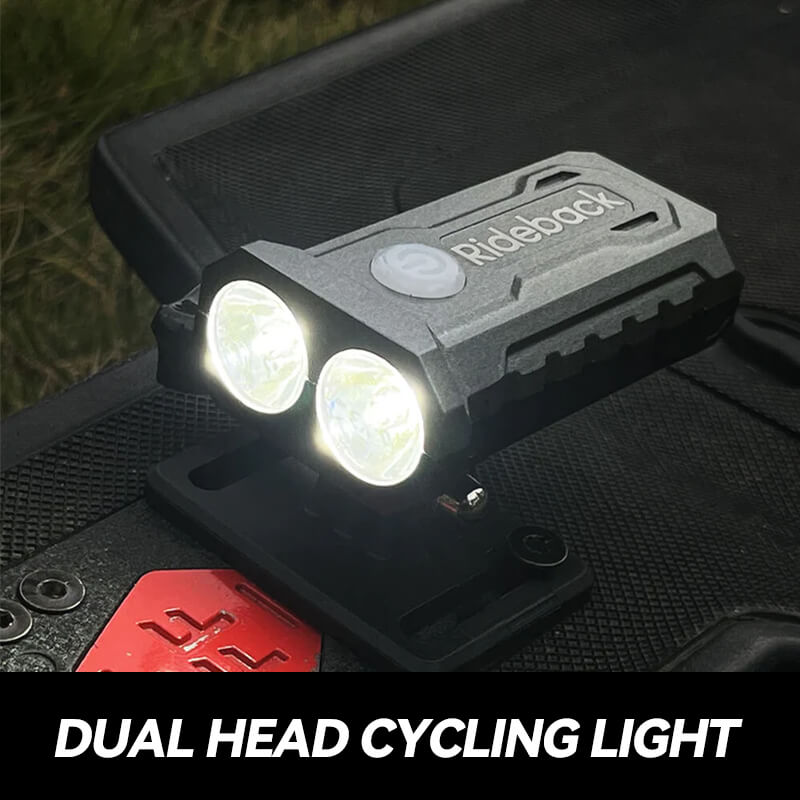
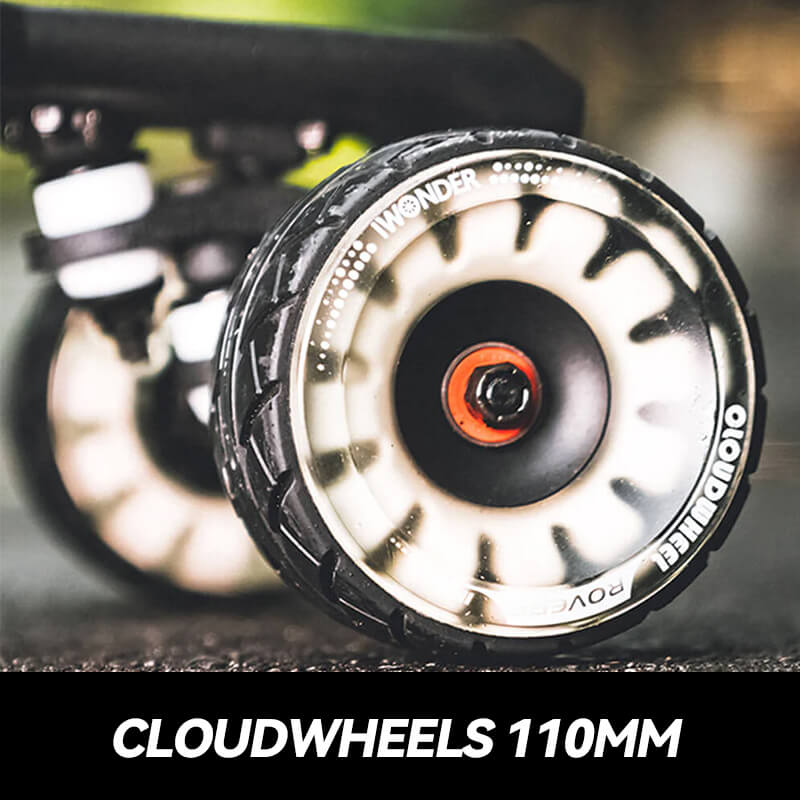


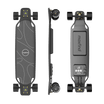
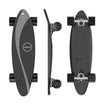






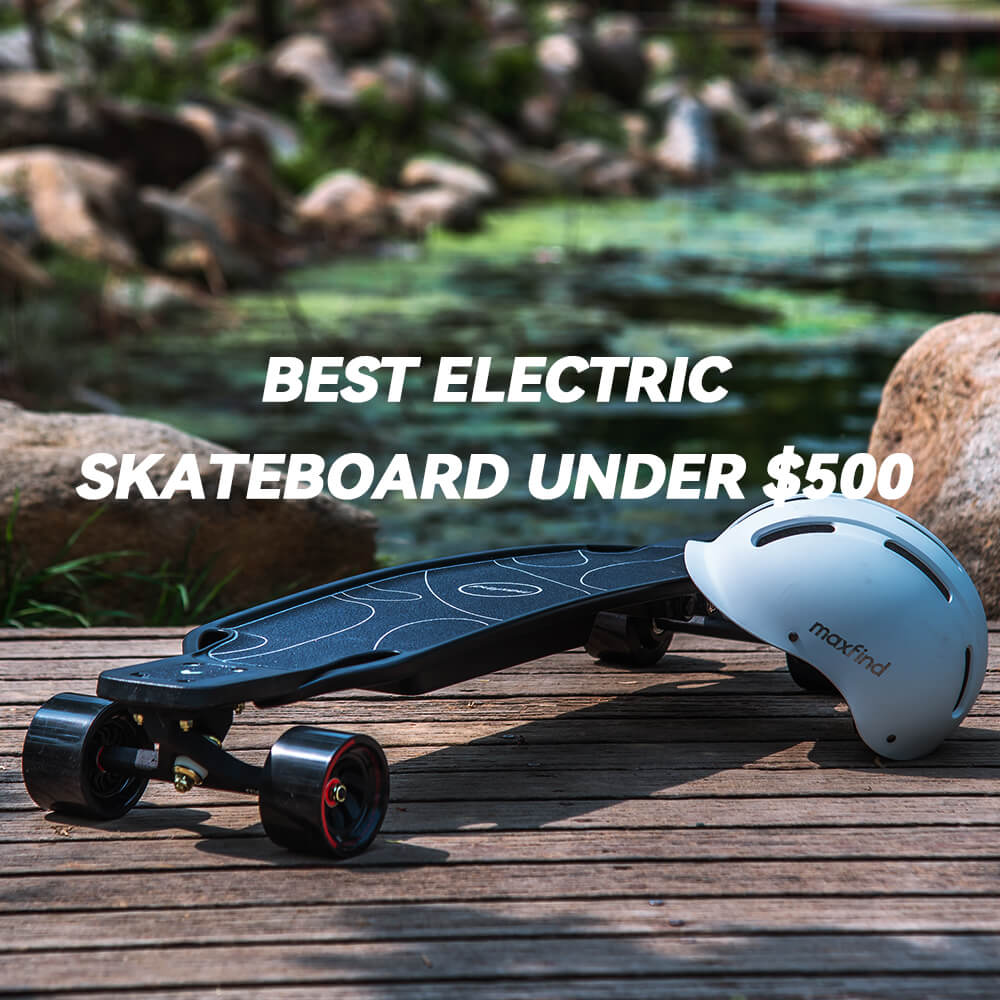






Hinterlasse einen Kommentar
Diese Website ist durch reCAPTCHA geschützt und es gelten die allgemeinen Geschäftsbedingungen und Datenschutzbestimmungen von Google.